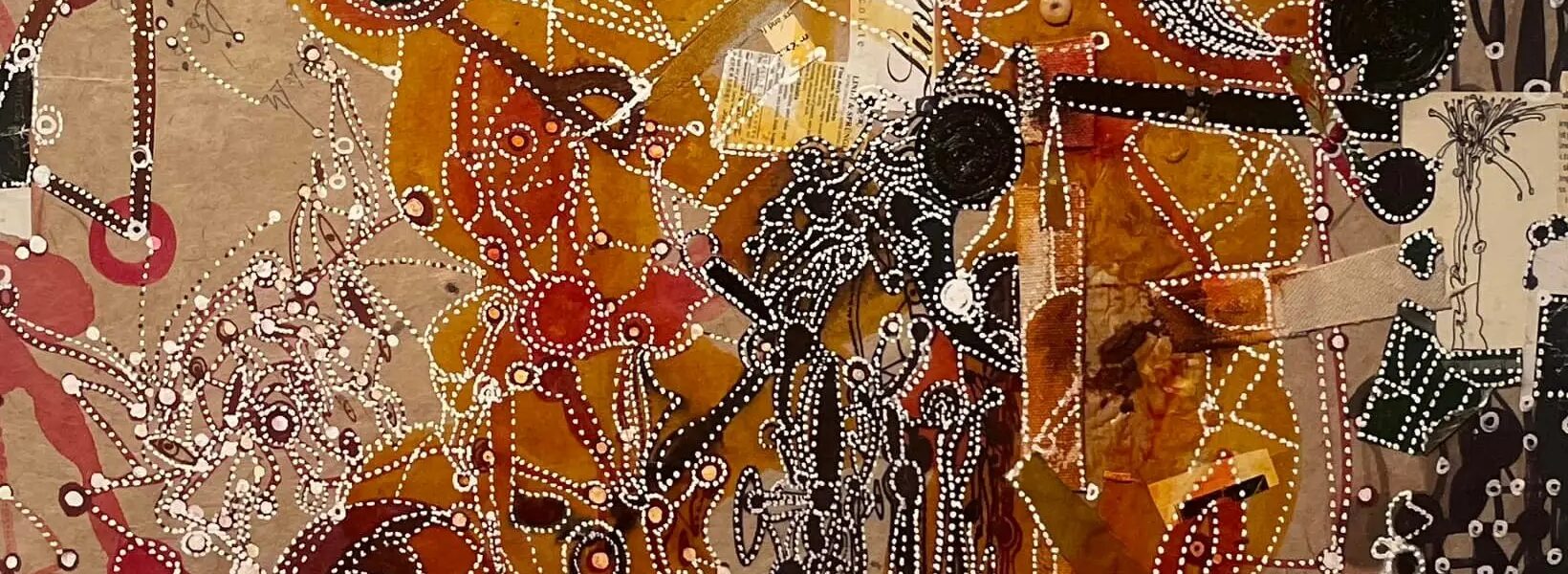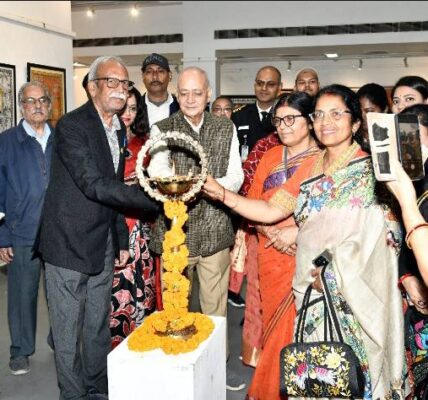If We Knew the Point: life through the eyes of a painter
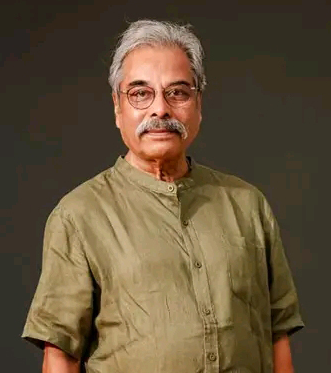
Amitava Das was born in Delhi in 1947. He completed his graduation from the College of Art, New Delhi in 1972. Received fellowship from Federal Republic of Germany. Then he was appointed Lecturer at the Jamia Millia Islamia in New Delhi in 1974. He was a visiting Lecturer at College of Art. He had many solo shows in India and abroad. His first solo show held in 1969. He worked in different mediums. He lives in New Delhi. From the gentleness and resignation in his earlier works, Amitava has now moved on to canvases that depict the violence and avarice of modern times. Working with a variety of mediums, Amitava uses watercolours, oils, and pastels to portray his thoughts and feelings evoked by his observations of the life around him.
By Dr. Ved Prakash Bhardwaj
Amitava Das is a prominent figure in intellectual art. He has been continuously working on his art journey for almost fifty years. His inquiring nature has always brought something new, from art materials to subjects, and other things. He loves poetry, a sample of which is often seen in his paintings. He is influenced by the poetry of Bengali poets Jivanananda Das and Shakti Chattopadhyay. Western thinkers Jean-Paul Sartre and Albert Camus have also influenced him. That is why we find that the idea of the scene is more important in his art. To understand this idea, one has to experience the painting, you cannot understand it with logic. Anyway, Amitava has developed his art language by breaking all the methodical academic logic of art in his work. He leaves more space for the audience than what he creates in art. In a way, he invites the audience to communicate with the painting. On the evening of 26 July 2024, when his exhibition was inaugurated at the Kiran Nadar Museum in Delhi, many artists who have been watching his work for decades were again surprised. Seeing Amitava Das’s new and old works together is a different experience. The title of this exhibition ‘If We Knew the Point’ is a challenge in itself. It comes from the poem by Roberto Juarróz, which is an expression of human existence and its aspirations, which shows the indomitable aspiration of human struggle. Amitava challenges the issue of understanding and not understanding this very thing in his paintings. Amitava Das is known for his innovative exploration of different materials in abstract art. His work spans a variety of mediums, from collages on paper to canvas paintings, as he constantly expands the boundaries of artistic expression. By adopting minimal abstraction, Das challenges traditional art practices, encouraging viewers to rethink their perceptions of form, space, and materiality.
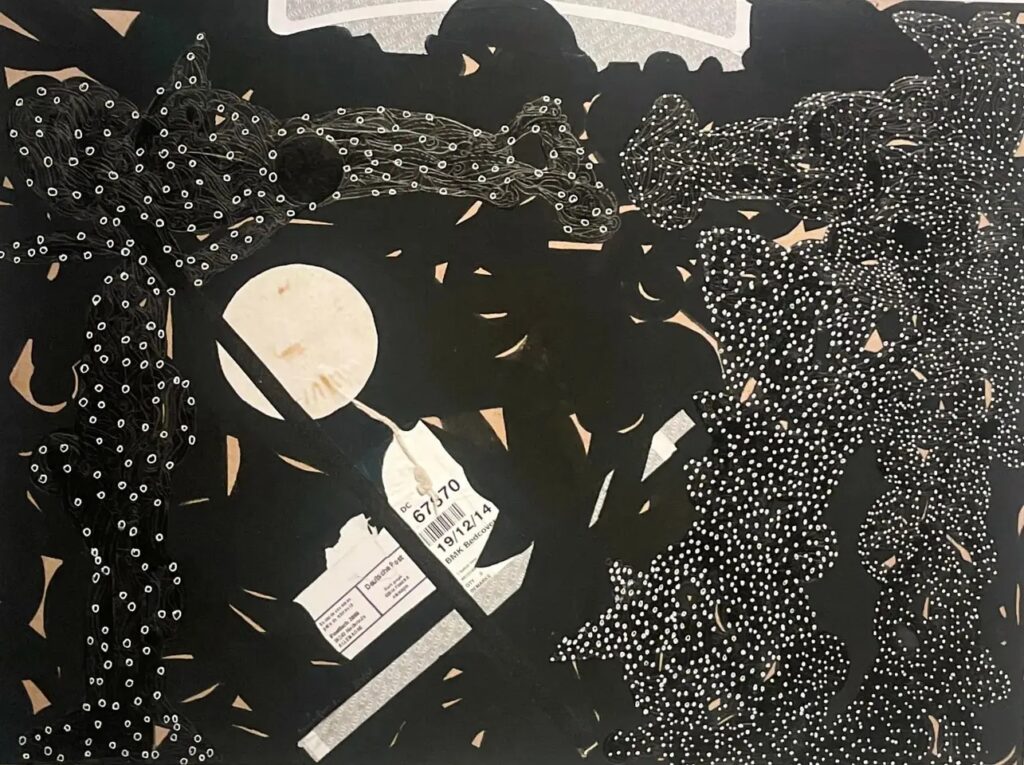
Amitava’s art embodies a philosophy that emphasizes that “art should be experienced, not argued with.” In his series “If We Know the Point,” he explores diverse styles and unconventional materials, including painting, drawing, and collage. Through these mediums, Amitava creates a poetic interrelationship between materiality and meaning, inviting viewers to engage with his work on a sensory and emotional level rather than through intellectual analysis. His art is characterized by a deep curiosity about the possibilities of different materials. He often integrates unconventional elements into his work, using them to create compositions that invite viewers to engage with art on both a visual and tactile level. For example, his paper collages combine texture and colour in different ways which convert ordinary materials into extraordinary expressions of creativity.
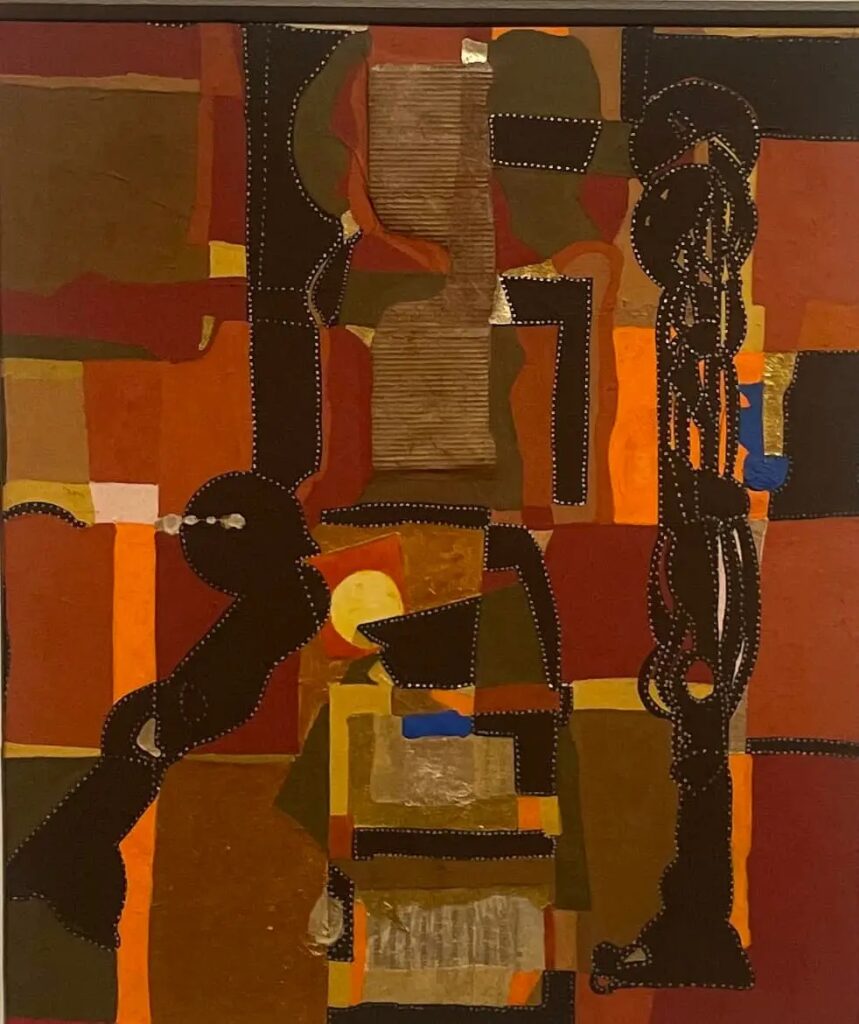
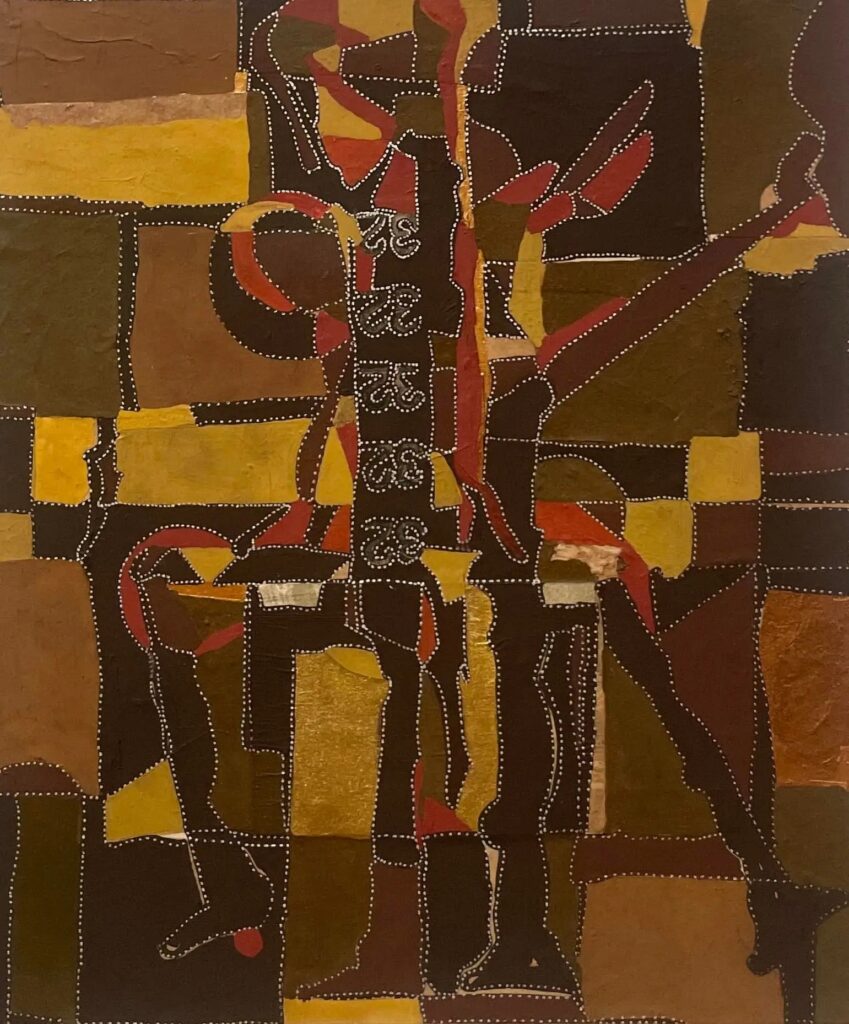

Through his canvas paintings, Amitava Das delves into the essence of minimalist abstraction. By removing unnecessary details, he emphasizes purity of form and color, encouraging contemplative interaction with each piece. His work challenges the viewer to look beyond the surface and find meaning in simplicity, thereby promoting dialogue between the artwork and its audience. By pushing the boundaries of abstract art, he not only redefines artistic practices but also encourages a broader conversation about the role of art in contemporary society. His work is a testament to the power of innovation and the endless possibilities that arise when artists dare to experiment with materials and ideas.
He once said that the core concept of his work is the life around him. I have been an urbanite all my life and I have reacted to whatever has happened – whether it is political or cultural. My paintings are my thoughts and I think through them. Painting has become a kind of language for me, he says. To expand his language, he uses everything from canvas to paper as a surface and creates a vocabulary in it that is symbolic. In this language, he uses travel tickets to buttons and other similar things. In this experiment, his creation is sometimes dense like a story, and sometimes like short lines of poetry. This method of art was also present in his early works when he created two or three symbols with a figure on the canvas and left the rest of the canvas empty. This space is a more tragic experience for the lone human figure. The figure is in an abstract style and appears to tell its story only through its presence and physical posture. In these works of the 1970s, there is also gentleness in the use of colors, and in a way, there is also a feeling of silence.
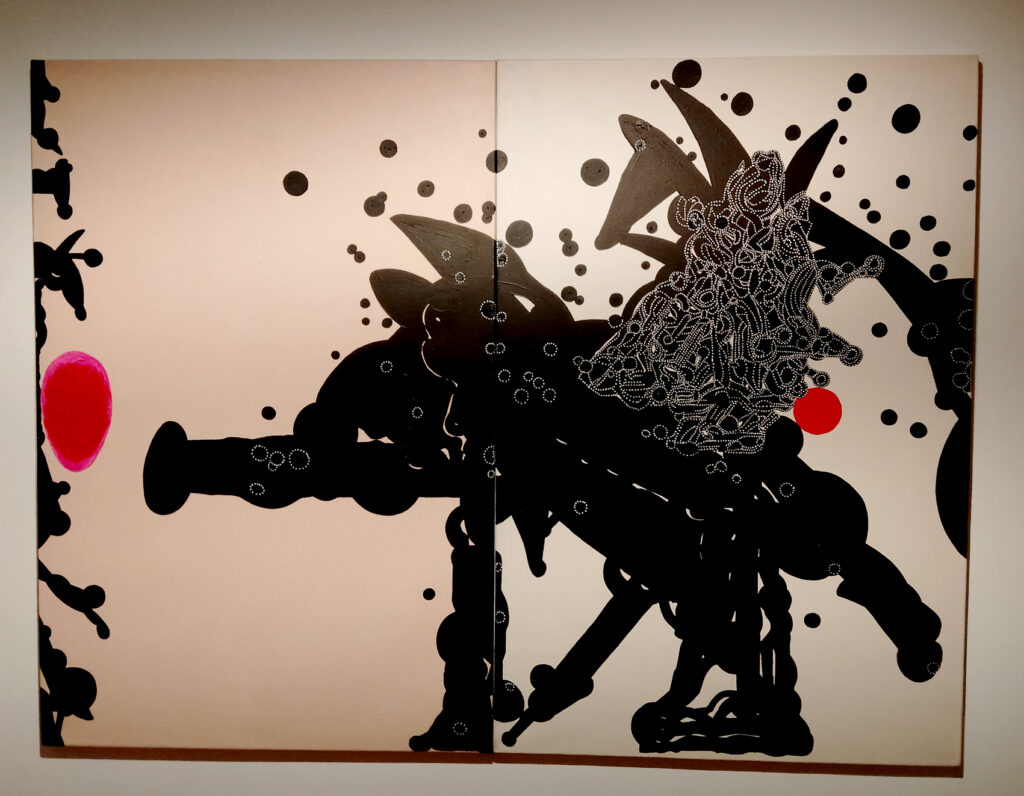
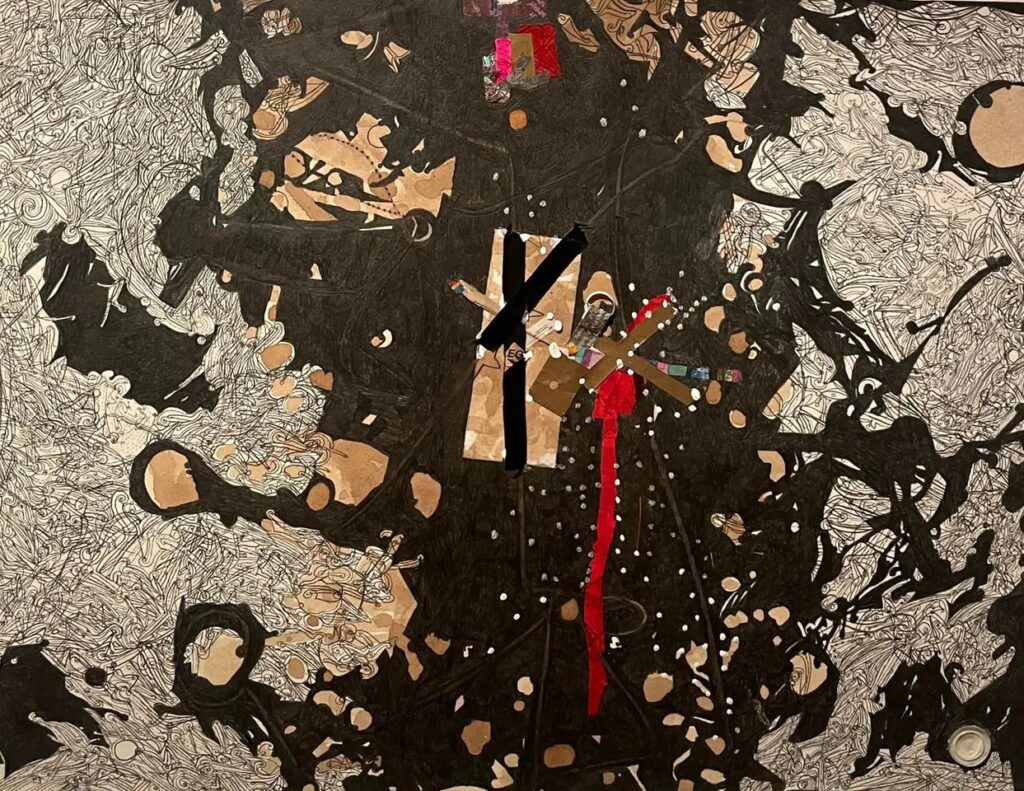
If we look at the paintings included in this exhibition, they include works done from the 1970s to the recent past. Many new experiments and changes can be seen in these works of about 50 years. Along with oil and watercolours, he has used many other materials like boarding passes, bus tickets, coloured pages of newspapers, and magazines found in his travels. He also resorted to minimalist art to express the physical and mental conditions of his time. A large number of collages are included in the paintings included in this exhibition. In many of them, he has expressed his point in a more effective way through minimalist art. Again, like his old oil paintings, he leaves a large part of the painting open for the audience. This is the world of the audience in which they can see their experiences happening in the space between the two parts of the painting. There is a kind of drama here as if there is one character in one corner of the stage and another character in the other corner. One character is speaking and the other is silent, but in the empty stage between the voice and the silence, not only what has happened is present there, but what is about to happen or what is likely to happen is also being staged without any character.
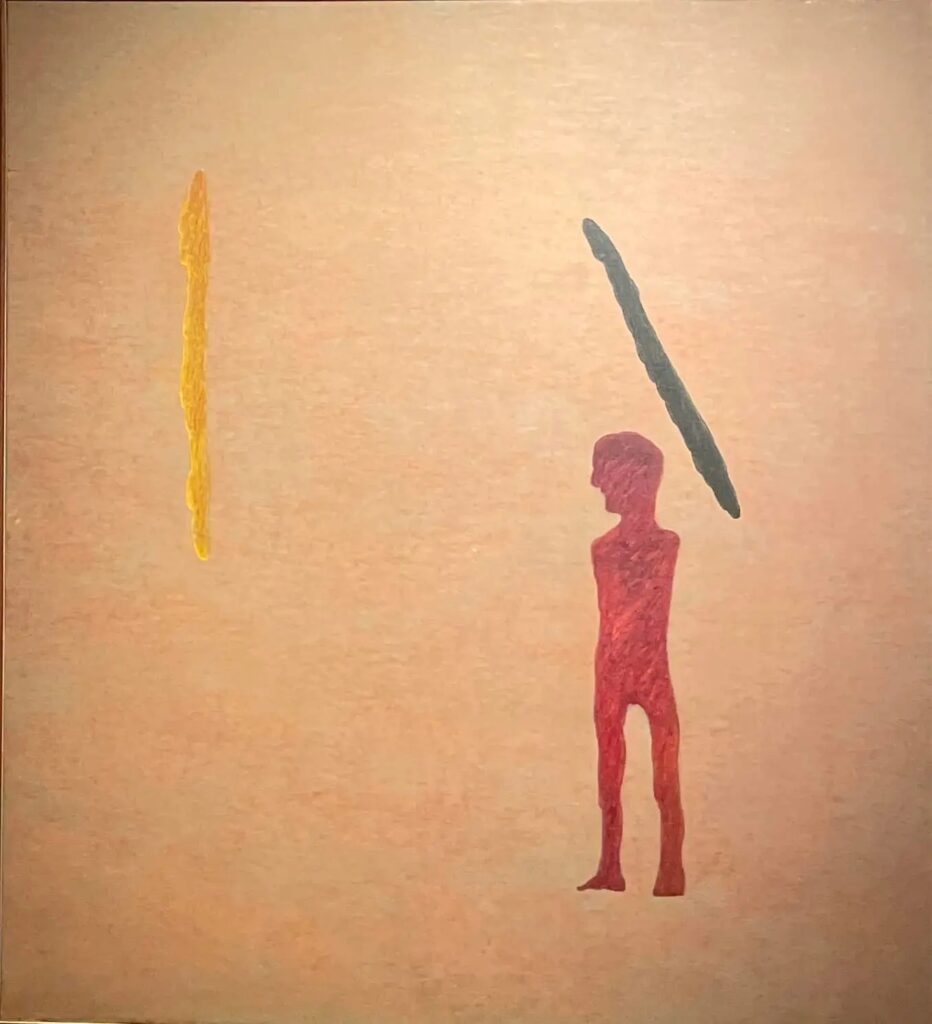

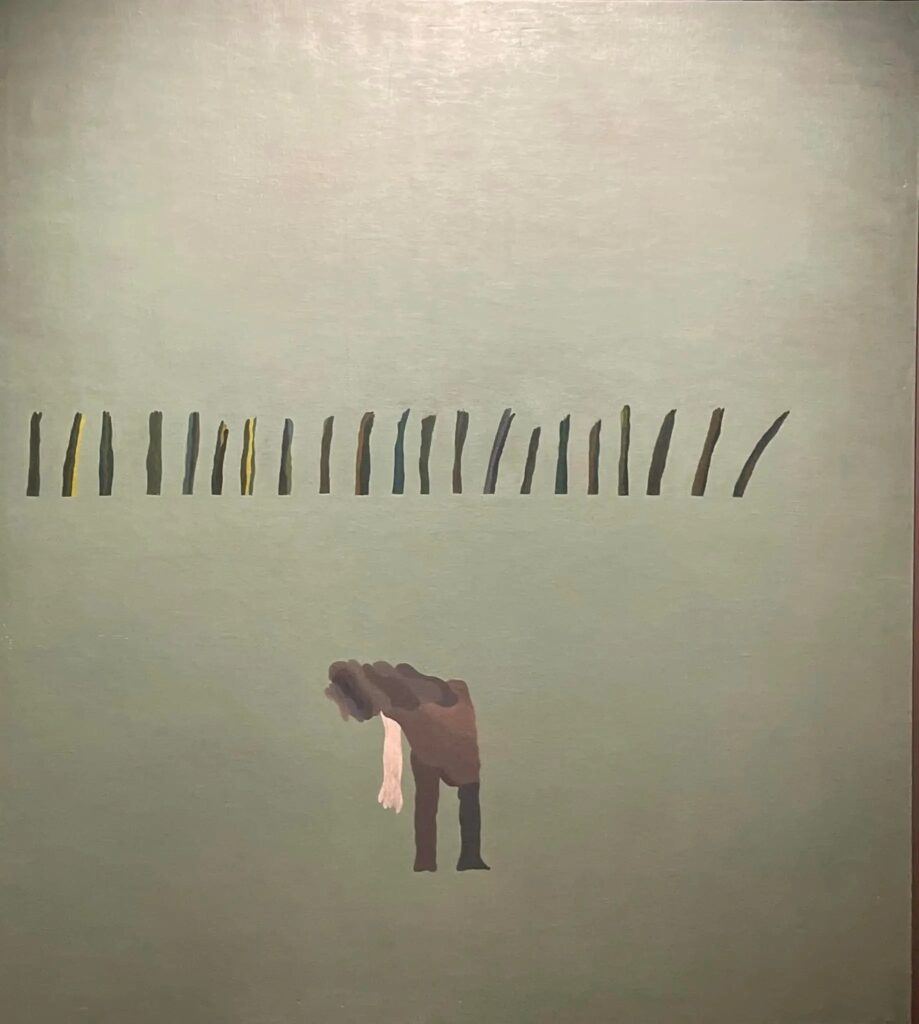
Amitava’s work is based on human conditions in which man appears in both the roles of creator and destroyer. In his work, the tension between the natural and artificial world, human helplessness and violence, cultural deviation, physical and mental conflict of existence, etc. are active simultaneously. Be it nature or man, its existence is important, only after its existence can we understand the meaning of its existence. This thought of Sartre has had a deep influence on Amitava. That is why we find that in his paintings he is constantly seen indicating the physical presence of man and nature as its metaphysical state. In Amitava’s paintings, images of men and women, animals, trees, birds, clouds, sky, earth, sun, and even air are also found. While recording the presence of all these, he establishes their dignity and underlines their struggle. Far from any decision of victory or defeat, his art presents the presence of man in such a way that there is no scope for any kind of optimism, there is only reality which keeps changing according to time and situation. While the combination of colours in his paintings and collages can be said to express the joy of human existence, the density of lines and dots and their dynamic structures indicate the restlessness and deviation of time. Once Amitava Das had said in a conversation with this author that he is using the language of computers. This language is the structural language of electronic media which can be called electronic circuits. The way he expands dynamic abstract structures from dots in a large shape reminds us of electronic circuits, somewhere it appears like a matrix. Through these structures, he makes the abstraction of the original shape more impressive.
Using many techniques ranging from graphite, ink, ballpoint pen, watercolor, and collage to making burn marks on paper, Amitava transforms even the harshest and most conventional physical situations into a poetic experience, but no romanticism in this poetic experience. Romance is in his work, but it is about the essence of human existence, about its expansion. Imagination helps the shapes in his art to create new abstract images, apart from this, there is only reality in his work, which keeps appearing in various forms. This comes before us as a big strength of this exhibition. Anyway, Amitava’s art world is not one-dimensional. The title he gives to his paintings is often a line from a poem. His paintings, like the lines of a poem, have many meanings and sounds. That is why it is not surprising for the viewers to have different experiences while looking at his paintings. It is no surprise that when one looks at his paintings, contradictory emotions like beauty and deformity, compassion and distress, helplessness and courage are awakened simultaneously.
E-mail: bhardwajvedprakash@gmail.com

